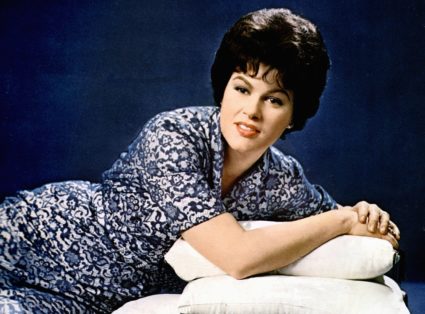
The story behind Patsy Cline's 'last photograph'
KANSAS CITY, Kan. — Mildred Keith had been asked to bring "The Book."
That's what the country music singers and musicians who scheduled appearances in Kansas City had come to call the scrapbook in which Keith maintained the photographs she had begun taking in the 1950s.
On March 3, 1963, Keith, then 41 years old, had brought the book to the concert at Memorial Hall in Kansas City.
Keith handed the book to a security guard, who disappeared with it. Perhaps an hour later he returned and caught Keith's eye. He led her backstage and then knocked on a door.
"Patsy?" he said. "Mildred's here."
The door opened to reveal a woman wearing fire engine red lipstick and a long, white dress.
"Girl," said Patsy Cline, "you have a treasure."
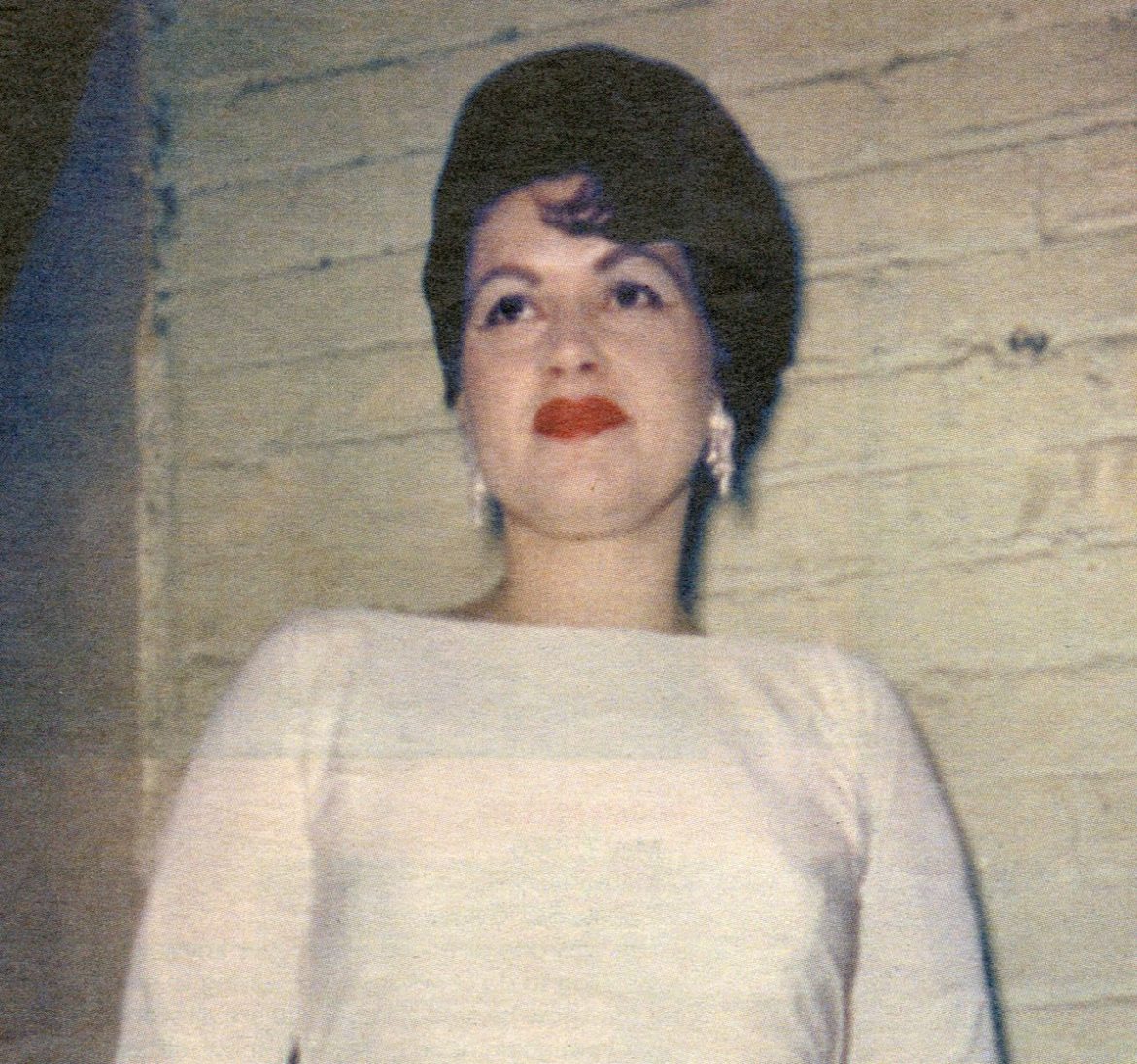
How the "last photograph" of Patsy Cline happened
In the vast sprawl that is the story of country music in America, Kansas City can claim several cul-de-sacs.
Likely the most tragic is Cline's death in a private plane crash outside Nashville, Tennessee, on March 5, 1963.
The singer had been returning from the benefit concert organized for the family of "Cactus" Jack Call, a Kansas City disc jockey who had died in a car accident several weeks before. Also killed in the March 5 plane crash were country music singers Cowboy Copas and Hawkshaw Hawkins, as well as Randy Hughes, Cline's manager and the plane's pilot.
In the following decades, Cline's legend swelled as the singer's story was shared in the 1980s films "Sweet Dreams" and "Coal Miner's Daughter," and her music was reissued during the 1990s.
Meanwhile, Mildred Keith still had the photograph she had taken. During her brief visit, Cline had posed before a backstage brick wall while Keith had squeezed off a single frame of film.
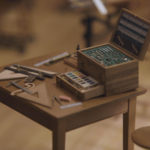
For years, Keith largely kept the picture to herself out of regret, she would later say, over the tragedy.
But at some point she carried copies to the Country Music Hall of Fame and Museum, as well as to various music industry veterans across Nashville. Charlie Dick, Cline's husband, soon called Keith, saying the photo represented "the most beautiful picture that girl ever had made." He sent Keith a $50 check, asking for four copies.
As word of the image spread, hundreds of individual fans tracked Keith down and requested prints.
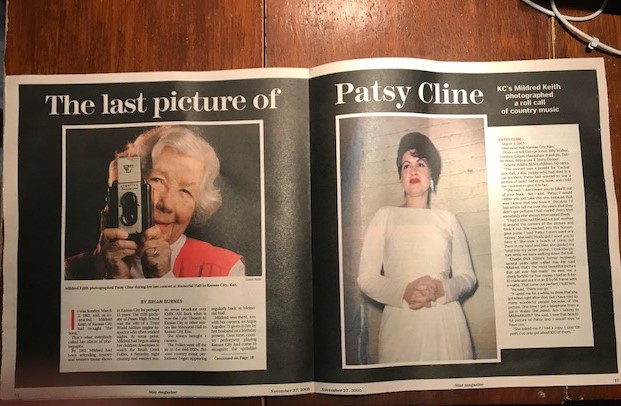
Over time, the image became known as the "last photograph" of Cline, even though at least one performance photograph from the same day also surfaced, often credited to Francis Nunez, whom Keith remembered as another fan who frequented country shows at Memorial Hall.
But Keith's image generated a momentum of its own. Unlike many photos taken by country music fans, often taken from a distant audience perspective, the "last photograph" had been exposed at close range, with the camera positioned at a slightly upward angle by the 4-feet-11 inch-tall Keith.
She had been accorded such unusual access by Cline because – according to her son, Jeff Keith – the reputation of his mother's photographs routinely preceded her.
"The performers, when they came to Kansas City, knew she was out there and that she had that book with her, with all her pictures," he said.
Jeff watched the process many times.
"Memorial Hall is what I remember most. We would go down this concrete hallway. She'd have her camera and her photo album. Then somebody would take the album and bring it back to a room where somebody would look at it. I would be going, 'Come on, Mom, let's go.'
"And then somebody like Minnie Pearl would come out," he said.
A legendary collection
Ken Burns' "Country Music" documentary, released in September, includes archival footage that makes clear how many country music artists often made themselves accessible to their fans. Yet Keith came to enjoy a more elevated status.
Her sons remember the time she, during one of her trips to Nashville, called to announce that she had just spent the night in Johnny Cash's house. When he learned that she was in town, Keith explained, he had sent his driver over to her hotel.
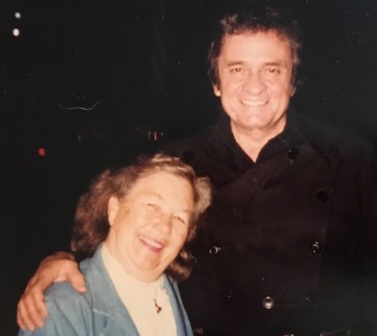
The performers often would request particular pictures. Patsy Cline, Keith said, had wanted a photo of McCall, the recently deceased Kansas City disc jockey.Taking out a nail file, Keith had gently worked the snapshot free from the scrapbook page, giving it to Cline, she recalled.
Today, Keith's four sons – Don, Rex, Mark and Jeff – estimate their mother's amateur country music photography career began in the 1950s, when she began bringing her Kodak Brownie to the Brush Creek Follies, a country music review performed at the former KMBC television studios in Kansas City.
When the Follies ended in the mid-1950s, Keith began attending shows scheduled at Memorial Hall. By then, she had replaced her original Brownie with an Argus Argoflex 75, a gift from her husband, Donald.
The upgrade made a difference in the Patsy Cline photo. Many photos taken by country music fans during the early 1960s were taken on black-and-white film. However, Keith's Argus Argoflex 75 accommodated 620 roll color film. That film, when used with a flash attachment for interior photos – like the Cline photo – produced superior results.
Patsy's fans, too, wanted their own personal copies.
"Of course, this was back in the old negative days, and so she would take that negative, take it up to the drug store and get copies made," said Jeff Keith.
Keith would ask $5 to cover costs and postage for mailing the prints, usually 5-by-7 inches.
In this way, over time, Keith became a patron saint of Patsy Nation. At first, Keith didn't know what to think.
"It upset me a while, to think that she got killed right after that," Keith said in 2005. "But I have met so many wonderful people because of that picture."
Eventually, as the Patsy mystique grew, Keithallowed staff members at Elko Camera in Kansas City to store the negative in the store's climate-controlled vault. Then, when the requests for prints piled up, she would call Elko and order prints in bulk.
"One time I got a telephone call from a gal in Wales," Keith said. "She asked 'Am I talking to Mildred Keith?' She said 'I saw that beautiful picture of Patsy and I would love to have one.'
"She asked me if I had a copy. I said, 'Oh yeah, I've only got about 100 of them.' "
Safekeeping
Keith's husband Donald died in 1987, but she continued to attend shows at various local venues. In later years, she traveled with close friend Carl Curtis, making regular pilgrimages to Nashville as well as Winchester, Virginia, where she attended the annual Labor Day weekend observances of Cline's birth there on Sept. 8, 1932.
In 2006, performer Marty Stuart, himself a published country music photographer, invited Keith backstage at a performance with his band the Fabulous Superlatives at Kansas City's Folly Theater.
Just days before she died in 2012 at age 90, Keith traveled to country music shows in Branson, Missouri, escorted by Curtis, who brought along Keith's walker and wheelchair.
Today, while Keith's family does not actively fulfill reprint requests, the image is easily retrieved online with a quick search. The family does, however, maintain careful stewardship of "The Book," which now fills 10 worn, 3-ring binders.
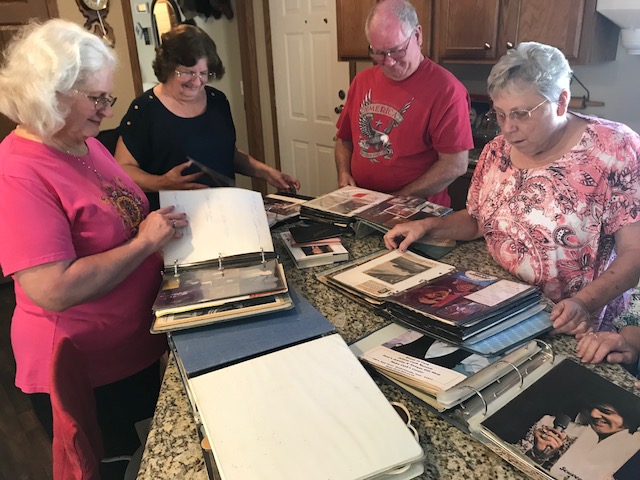
The negative of the "last photograph" is kept in a safe deposit box at a local bank.
The camera used to take that photo, meanwhile, is literally a museum piece.
Brothers Rex and Don, with wives Barbara and Georgetta, in 2015 drove to Winchester to donate the Argus Argoflex 75 to the Patsy Cline Historic House, the restored home where Cline lived as a teenager and young woman, and where the camera is today on exhibit.
"We didn't want to mail it," Don said, "so we drove the camera out there.
"This will tell you how much they appreciated it. We went in and the guy came out right away and started talking to us about the camera. We had it in a little grocery sack. I set the sack down on the table.
"He reached in his pocket and pulled out these white gloves. Then he carried the camera over to where they had the Patsy Cline picture and he put the camera right up next to it. The picture and the camera.
"Made me feel good."
This report originally appeared on KCPT's "Flatland."
Support Canvas
Sustain our coverage of culture, arts and literature.


















